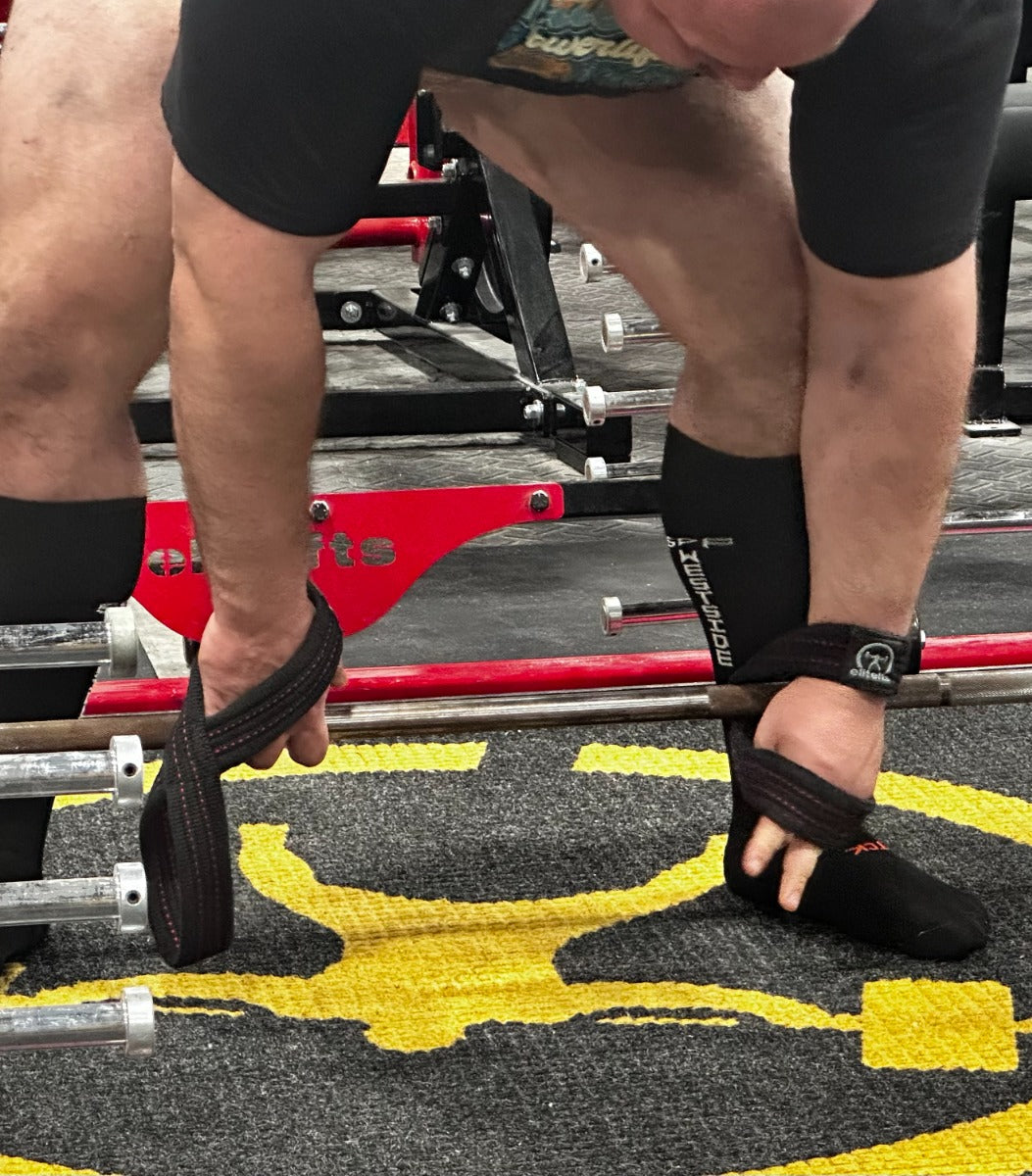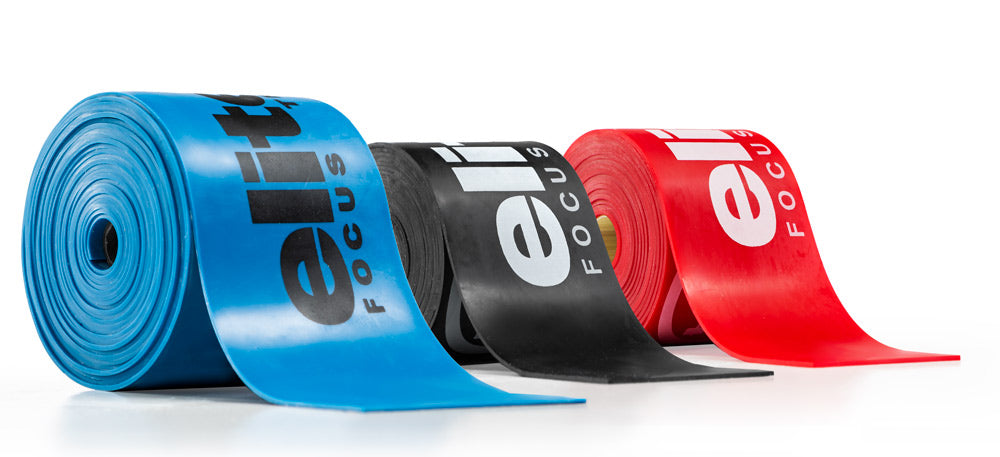You can check out the course or contact me for coaching help by clicking here! Yesterday, I posted a video on Instagram showing the aftermath of the brutal superset
Justin Harris had programmed for me:
- Leg extension, 20 reps
- Safety bar squat, 10 reps
There was an interesting comment posted, too, by @hiimscottcooper:
But is it worth the risk of injury when you could just squat first and leg press afterwards? Not sure if the stimulus to fatigue ratio makes sense over a traditional one after the other.Now, I gave Scott a bit of a hard time for the phrase “stimulus to fatigue ratio,” because in my very strong opinion, if you’re concerned about working too hard, you’re very misguided. Training hard is the cornerstone of success – as long as you’re able to do so safely and progressively. (Besides, the whole idea of a “stimulus to fatigue ratio” is pretty nonsensical. Pinky-up dumbbell curls are essentially zero fatigue, so if you’re going by that ratio, they’re the best movement you can do in the gym. Clearly, then, the hypothetical ratio is not a useful measure of anything.) However, Scott raised a good point in a followup comment, asking about the tradeoff between training harder and training more frequently:
At some point there's a trade-off with that much relative intensity where I'd rather train legs again in a few days rather than blow everything in once session/week.That’s a much more nuanced point, and it’s one worth looking into. After all, we know from a good amount of research that higher frequency training tends to produce better results in terms of strength, and possibly size as well. However, the idea of “relative intensity” in this context isn’t quite so straightforward.
Intensity Defined
If you’ve enrolled in my Unf*ck Your Program course, you know that in the strength world, intensity is defined as a percentage of your 1-rep maximum. For example, if your best squat is 400, and you’re doing sets with 300, then you’re training at 75% intensity. This measure is completely independent from the idea of effort (which is more typically measured using RPEs or RIRs). That’s a useful definition in strength terms, because a very well-established body of academic literature shows that periodizing volume and intensity as a percentage of 1RM produces long-term strength gains. However, the same does not hold in a bodybuilding context. If your primary goal is muscular growth, then intensity is better equated with effort. That’s because muscle growth tends to occur most when training close to or at muscular failure – regardless of the absolute load on the bar. In other words, if you’re training for strength, there’s a big difference between performing 5 sets of 5 with 75% 1RM and performing 3 sets of 8 with 65% 1RM. For muscle growth, there’s not so much of a difference (assuming that your level of effort is equally high in both loading schemes).Applying The Concept
Now, I want to be clear on that last statement: there’s not so much of a difference between 75%x5x5 and 65%x3x8 in terms of muscular growth in the short term. The long term is more complicated. Fair warning: the rest of this article isn’t supported by academic evidence that I’m aware of. It’s based on my own experiences and observations, so take them for what you will. In the long term, I believe that considering absolute strength is a crucial factor when programming for muscular growth. Let’s look at two different scenarios to understand why this might be the case.- Guy #1 is 5’8, 170 pounds, and has a 1RM squat of 400.
- Guy #2 is 5’8, 240 pounds, and has a 1RM squat of 800 (that’s me).
Takeaways
So, what does this mean for you? Simple:- If you’re at anything less than a very advanced level of strength, focus on getting stronger at the basic movements by manipulating volume, frequency, and intensity as explained in UYP, regardless of whether your primary goal is to get stronger or get bigger
- If you’re at a very advanced level of strength already, and your primary goal is muscle growth, you’d probably benefit from traditional bodybuilding approaches like supersets, frequent movement rotation, bro splits, and so on










































































































